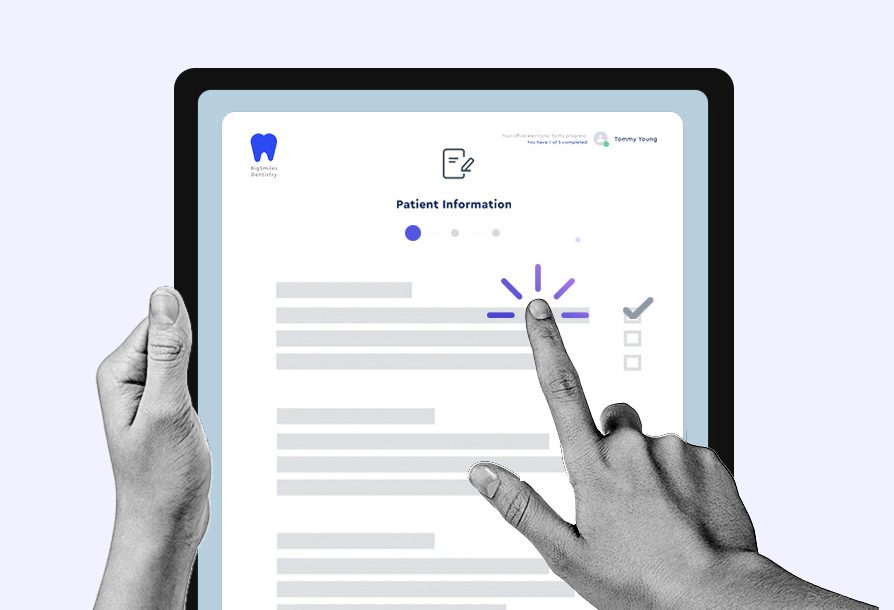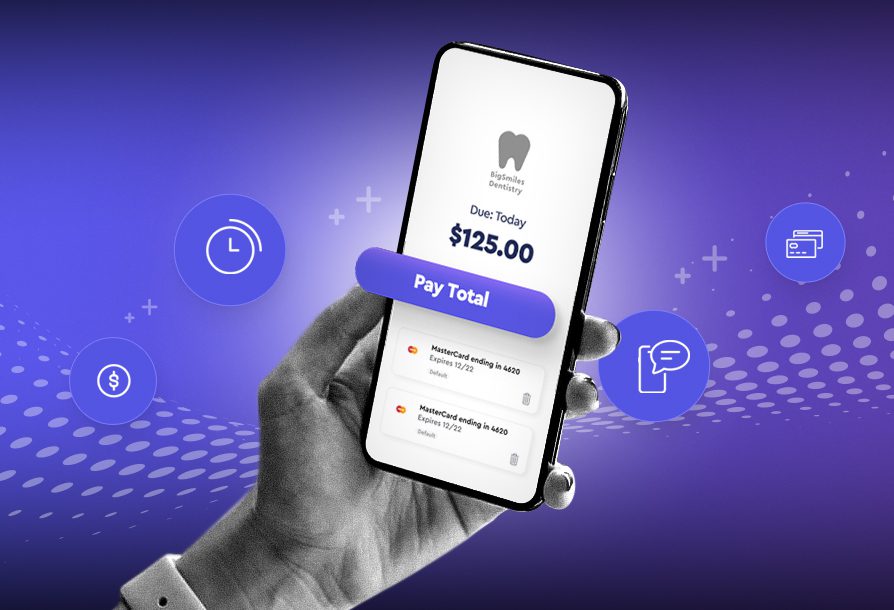Insights at Your Fingertips: Why Dental Office Managers Love Data

As a dental office manager, have you ever found yourself overwhelmed with juggling all the responsibilities that come with running a successful dental practice? From managing staff to handling finances, it’s not uncommon to feel like there’s just not enough time in the day. But what if we told you that there’s a tool that can help you streamline your operations and make your life a whole lot easier? And no, it’s not magic. It’s data. More specifically, dental data analytics. In this blog, we’ll discuss why dental office managers love data and how they’re using it to maximize their practice’s efficiency.
Data helps identify areas for improvement.
There’s always room for growth in any business, and dental practices are no exception. But without the right data, it’s hard to pinpoint exactly where improvements need to be made. Data analytics can give valuable insights into where your practice is succeeding and where it needs work. It can be anything from scheduling gaps to canceled appointments to high no-show rates. By analyzing and understanding the reasons behind such problems, you can take corrective action and improve your practice’s efficiency, productivity, and profitability. Moreover, you can also leverage data analytics to identify potential growth opportunities, such as new services or treatments, expanding your patient base, or adjusting your pricing strategy to align with the market.
Data saves time.
Time is money, and dental office managers know this better than anyone. But when you’re trying to manage a busy office and keep everyone on track, time can be in short supply. By automating tasks like data entry and appointment scheduling, dental data analytics platforms can help shave off hours of administrative work per week. This frees up time for managers to focus on more important things, like patient care and team building.
Data improves patient care.
At the end of the day, the most important thing for any dental practice is its patients. But how can you ensure you’re providing them with the best care possible? By using data analytics to track patient outcomes and satisfaction, dental office managers can identify areas where their practice is falling short and take steps to fix the issue. From improving wait times to increasing appointment availability, data-driven decisions can help you create an exceptional patient experience.
Data manages finances better.
Dental practices deal with financial transactions every day. In such a scenario, keeping track of where your money is coming from and where it is going can be quite challenging. Data analytics tools can help you manage your finances better, predict cash flows, and make informed decisions. With accurate data, you can easily determine which services and procedures are most profitable for your practice, which insurance providers pay on time, which ones have the most claims, and even collect accurate patient data. With such data in hand, you can make smarter decisions for your practice and contribute to its growth.
Data analytics tools can help you manage your finances better, predict cash flows, and make informed decisions. With accurate data, you can easily determine which services and procedures are most profitable for your practice.
Data streamlines operations.
As a dental office manager, it is your responsibility to manage your office’s day-to-day operations. Data analytics can help you streamline these processes and optimize your workflow. For instance, scheduling software can provide you with valuable insights about peak appointment times, allowing you to adjust your schedule according to the demand. With such tools, you can ensure that your dentists are working efficiently, your staff is productive, and patients are satisfied with their experience at your practice.
Data improves efficiency.
Every dental office manager wants to have an efficient practice that provides excellent patient care. Data is urgently needed to identify bottlenecks and weaknesses in the dental office’s workflow so that it can be quickly and effectively improved. Using data analysis, managers can determine the productivity levels of their team and give support to underperforming employees. It is an excellent way to manage resources more efficiently, and having this data on record allows your dental practice to prepare for major business changes.
Data monitors key performance indicators.
Empty chair time is the time when a chair is available, but there is no patient, and no productive activity is taking place. Empty chair time translates into wasted time and lost revenue. Measuring this metric will enable you to identify staff inefficiencies, implement better scheduling practices, and optimize the utilization of your dental chairs.
Data makes better decisions.
Dental data provides practice managers with a deep understanding of their practice’s performance. This knowledge empowers the dental manager to make informed decisions about daily operations or deciding on growth strategies related to expansion, financing, or staffing decisions. Analyzing data improves the decision-making process for the dental practice, and its benefits eventually reflect in the practice’s bottom line.
As you can see, there are plenty of reasons why dental office managers love data. Data analytics provide a wealth of insights and help dental practices optimize their operations, improve patient care, and make informed decisions. With accurate data readily available, you can avoid falling back on intuition or anecdotal evidence when making decisions. Data provides a clear picture of what is and isn’t working, which services to prioritize, which staff members are underperforming, and which patients need attention. With such data-driven insights, you can make informed decisions, improve your practice’s performance, and steer it toward success. By investing in data analytics tools and techniques, dental office managers can unlock valuable insights that can drive growth and profitability for their practice.
Ready to get started?
To learn more about prioritizing your patients experience, reach out to us for a demo today.


